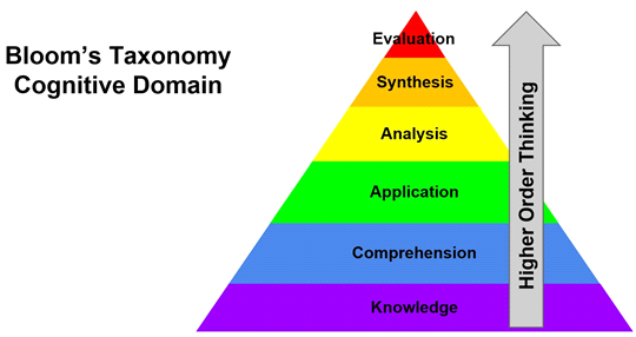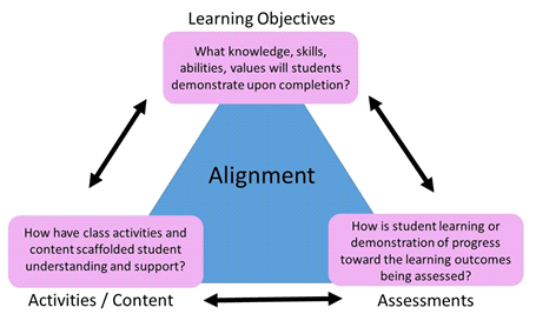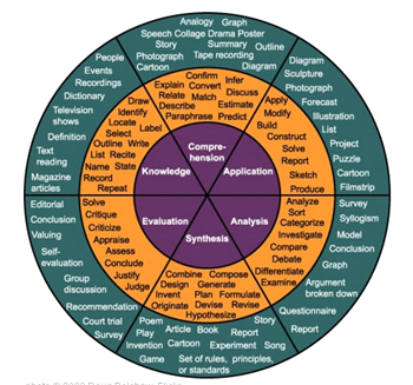Critical thinking is a higher-order thinking skill. Higher-order thinking skills go beyond basic observation of facts and memorization. They are what we are talking about when we want our students to be evaluative, creative and innovative.
When most people think of critical thinking, they think that their words (or the words of others) are supposed to get “criticized” and torn apart in argument, when in fact all it means is that they are criteria-based. These criteria require that we distinguish fact from fiction; synthesize and evaluate information; and clearly communicate, solve problems and discover truths.
Why is Critical Thinking important in teaching?
According to Paul and Elder (2007), “Much of our thinking, left to itself, is biased, distorted, partial, uninformed or down-right prejudiced. Yet the quality of our life and that of which we produce, make, or build depends precisely on the quality of our thought.” Critical thinking is therefore the foundation of a strong education.

Using Bloom’s Taxonomy of thinking skills, the goal is to move students from lower- to higher-order thinking:
- from knowledge (information gathering) to comprehension (confirming)
- from application (making use of knowledge) to analysis (taking information apart)
- from evaluation (judging the outcome) to synthesis (putting information together) and creative generation
This provides students with the skills and motivation to become innovative producers of goods, services, and ideas. This does not have to be a linear process but can move back and forth, and skip steps.
How do I incorporate critical thinking into my course?
The place to begin, and most obvious space to embed critical thinking in a syllabus, is with student-learning objectives/outcomes. A well-designed course aligns everything else—all the activities, assignments, and assessments—with those core learning outcomes.

Learning outcomes contain an action (verb) and an object (noun), and often start with, “Student’s will....” Bloom’s taxonomy can help you to choose appropriate verbs to clearly state what you want students to exit the course doing, and at what level.
Examples:
- Students will define the principle components of the water cycle. (This is an example of a lower-order thinking skill.)
- Students will evaluate how increased/decreased global temperatures will affect the components of the water cycle. (This is an example of a higher-order thinking skill.)
Both of the above examples are about the water cycle and both require the foundational knowledge that form the “facts” of what makes up the water cycle, but the second objective goes beyond facts to an actual understanding, application and evaluation of the water cycle.
Using a tool such as Bloom’s Taxonomy to set learning outcomes helps to prevent vague, non-evaluative expectations. It forces us to think about what we mean when we say, “Students will learn…” What is learning; how do we know they are learning?

The Best Resources For Helping Teachers Use Bloom’s Taxonomy In The Classroom by Larry Ferlazzo
Consider designing class activities, assignments, and assessments—as well as student-learning outcomes—using Bloom’s Taxonomy as a guide.
The Socratic style of questioning encourages critical thinking. Socratic questioning “is systematic method of disciplined questioning that can be used to explore complex ideas, to get to the truth of things, to open up issues and problems, to uncover assumptions, to analyze concepts, to distinguish what we know from what we don’t know, and to follow out logical implications of thought” (Paul and Elder 2007).
Socratic questioning is most frequently employed in the form of scheduled discussions about assigned material, but it can be used on a daily basis by incorporating the questioning process into your daily interactions with students.
In teaching, Paul and Elder (2007) give at least two fundamental purposes to Socratic questioning:
- To deeply explore student thinking, helping students begin to distinguish what they do and do not know or understand, and to develop intellectual humility in the process
- To foster students’ abilities to ask probing questions, helping students acquire the powerful tools of dialog, so that they can use these tools in everyday life (in questioning themselves and others)
How do I assess the development of critical thinking in my students?
If the course is carefully designed around student-learning outcomes, and some of those outcomes have a strong critical-thinking component, then final assessment of your students’ success at achieving the outcomes will be evidence of their ability to think critically. Thus, a multiple-choice exam might suffice to assess lower-order levels of “knowing,” while a project or demonstration might be required to evaluate synthesis of knowledge or creation of new understanding.
Tips
Critical thinking is not an “add on,” but an integral part of a course.
- Make critical thinking deliberate and intentional in your courses—have it in mind as you design or redesign all facets of the course
- Many students are unfamiliar with this approach and are more comfortable with a simple quest for correct answers, so take some class time to talk with students about the need to think critically and creatively in your course; identify what critical thinking entail, what it looks like, and how it will be assessed.
Additional Resources
- Barell, John. Teaching for Thoughtfulness: Classroom Strategies to Enhance Intellectual Development. Longman, 1991.
- Brookfield, Stephen D. Teaching for Critical Thinking: Tools and Techniques to Help Students Question Their Assumptions. Jossey-Bass, 2012.
- Elder, Linda and Richard Paul. 30 Days to Better Thinking and Better Living through Critical Thinking. FT Press, 2012.
- Fasko, Jr., Daniel, ed. Critical Thinking and Reasoning: Current Research, Theory, and Practice. Hampton Press, 2003.
- Fisher, Alec. Critical Thinking: An Introduction. Cambridge University Press, 2011.
- Paul, Richard and Linda Elder. Critical Thinking: Learn the Tools the Best Thinkers Use. Pearson Prentice Hall, 2006.
- Faculty Focus article, A Syllabus Tip: Embed Big Questions
- The Critical Thinking Community
- The Critical Thinking Community’s The Thinker’s Guides Series and The Art of Socratic Questioning
Quick Links
![]()
Consult with our CETL Professionals
Consultation services are available to all UConn faculty at all campuses at no charge.